Varieties and use of sawdust in the garden
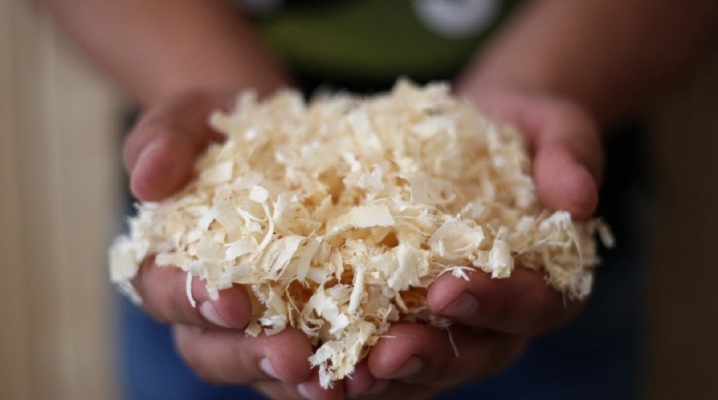
Wood sawdust has been used for soil fertilization for a very long time. There are constant disputes between gardeners about the benefits and harms of this type of feeding, but there are much more supporters of this type of layer than opponents. The positive results of using sawdust have been proven in practice. In the article we will talk about which types of wood sawdust are best used in the garden, consider their advantages and disadvantages.
Benefit and harm
Wood shavings in the garden have been used as fertilizer for a long time, and their benefits do not need additional confirmation. Such wood waste (sawdust, shavings, chips) can be used on any type of soil and for most garden crops. The advantages of using such a fertilizer tapa are many.
- Longer retention of water in the ground. Sawdust absorbs moisture and is able to retain it, which is very good for very hot and dry periods. In addition, taking in excess moisture can save plants from overflow and prevent roots from rotting.
- If you use shavings as a powder, then it will not allow weeds to grow.
- Sawdust is often used as bedding material for berries. In addition to isolating the berries from the surface of the ground, the shavings scare away pests, since they cannot tolerate the smell of fresh shavings.
- This is a good insulation for cold weather. They are sprinkled with the root system so that it does not freeze in winter.
- Sawdust is allowed to be used as fertilizer.
It is necessary to use sawdust as a plant nutrition correctly, like most fertilizers. Otherwise, they take away all the useful elements, and the earth does not get the necessary compounds. For wood shavings to be useful to a gardener, you need to know how to work with them. Only with the right approach can you see a good result.
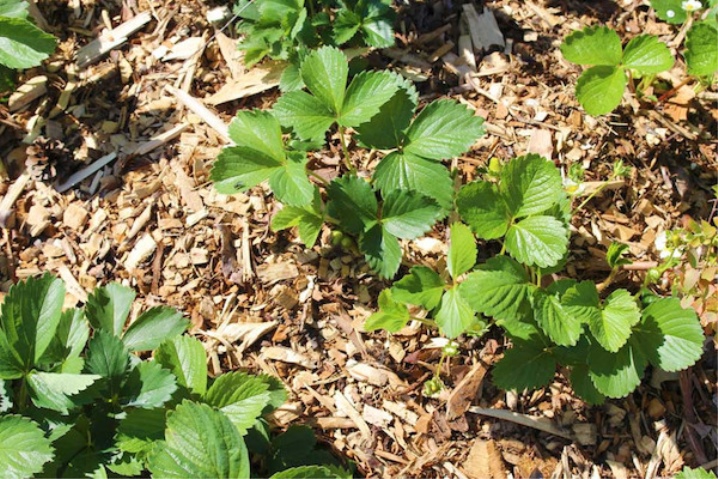
You cannot use fresh waste for fertilization, because soil oxidation can occur in a short period of time. In its pure form, shavings are not used, since this is not considered a fertilizer. Raw and fresh, not only will it not help garden crops in any way, but will also take vitamins, mineral complexes and other useful microcompounds, thereby only depleting the soil.
It is very important to choose the right kind of waste... It is undesirable to use sawdust of unknown origin, in this case, you can bring various diseases to your site. It is important to remember that shavings from different trees have different effects on plants. You need to know exactly the tree species from which the shavings are obtained, and how to use them correctly. Some plant species cannot accept deciduous or oak sawdust.
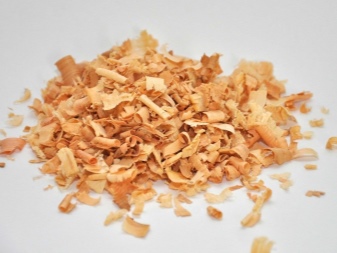
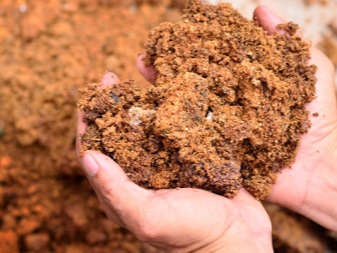
Considering all the positive qualities of using wood waste in horticulture, one should remember the negative aspects of their use. Any good result takes a certain amount of time, and this is very often forgotten.
Views
The varieties of trees from which sawdust are produced have different effects on the structure of the soil. To increase the acidity of the soil, waste of coniferous trees is used. This is necessary for such garden crops as cucumbers, tomatoes, carrots, and they can harm strawberries and raspberries. With sawdust, you can adjust the soil parameters (pH), which are necessary for a particular plant.
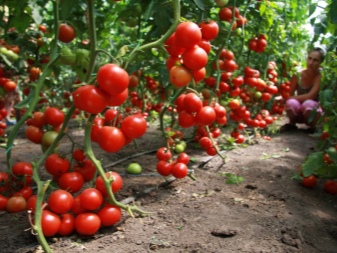
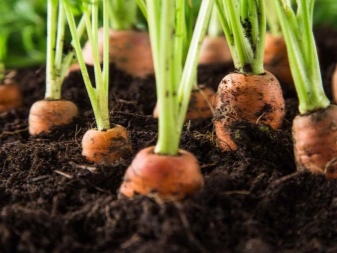
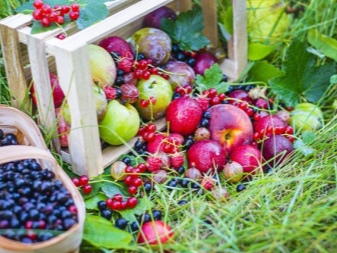

Birch
Sawdust from this type of tree is often are used for mushroom farms. This is due to the fact that oyster mushrooms and mushrooms love hardwood substrate.For these purposes, birch waste is stuffed into large-volume cellophane bags, then a sufficient number of holes are made for air circulation, and then mushroom spores are populated.
To grow a good mushroom harvest, it is necessary to use fresh sawdust without mold and other compounds that adversely affect the mushrooms. To prepare the nutrient, the shavings must be cooked over low heat for at least 2 hours. In this case, all infections will die. After the end of boiling, the material must be well dried.
During the growth of crops, it is necessary to monitor the moisture level in the bag. Excessive moisture leads to mold and further crop death.
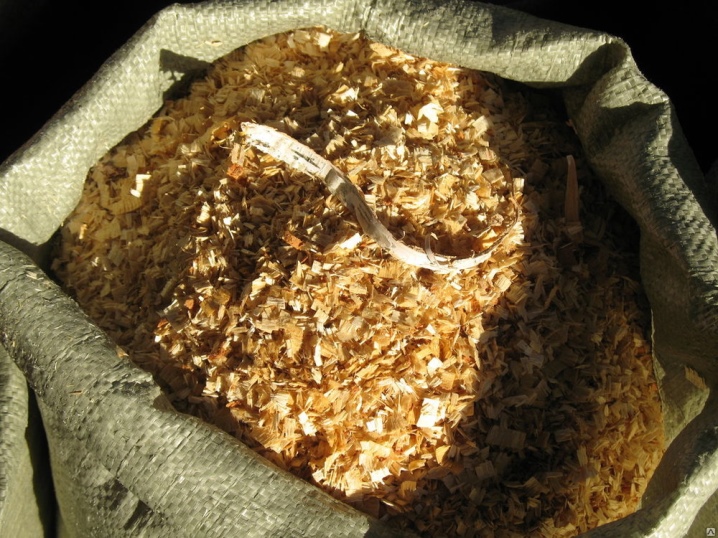
You can check the moisture level by clenching a small amount of material in your fist. If a drop of moisture forms at the same time, this indicates that urgent measures must be taken to save the mushrooms.
Aspen
The sawdust of this tree will help in the cultivation of garlic, onions and strawberries. This type of wood contains phytoncides, which have a beneficial effect on the growth and development of these plants. Helps the gardener reduce the work of weeding beds.
There are many benefits of this type of wood shavings for fruit trees. Sawdust perfectly retains moisture and creates good soil parameters. For such purposes, the mulch layer should be at least 20 cm.
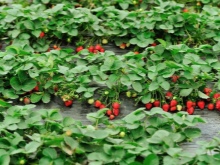
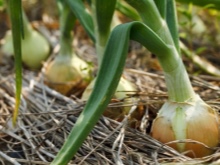
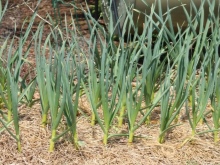
Oak
Sawdust of this tree species in pure form is never used. They can inhibit the development and growth of some soda crops. They are best used for mixed types of compost. So, the sawdust-mineral type is created for its use in the spring. Such fertilizer with oak waste can saturate the soil with nutrients (potassium, phosphorus, nitrogen) 2 times faster than usual.
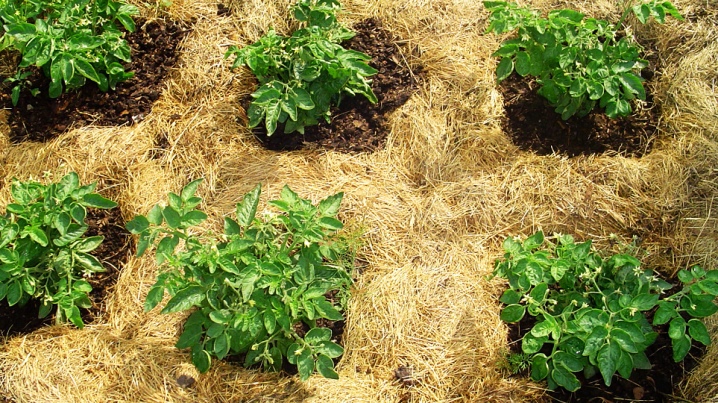
Chestnut
Sawdust of this type of wood is very much appreciated. They are used as insulation, to absorb moisture and prevent the soil from drying out. In addition, chestnut sawdust can help control a large number of pests. They have a beneficial effect on the ground. Thanks to this, a large number of beneficial microorganisms develop.
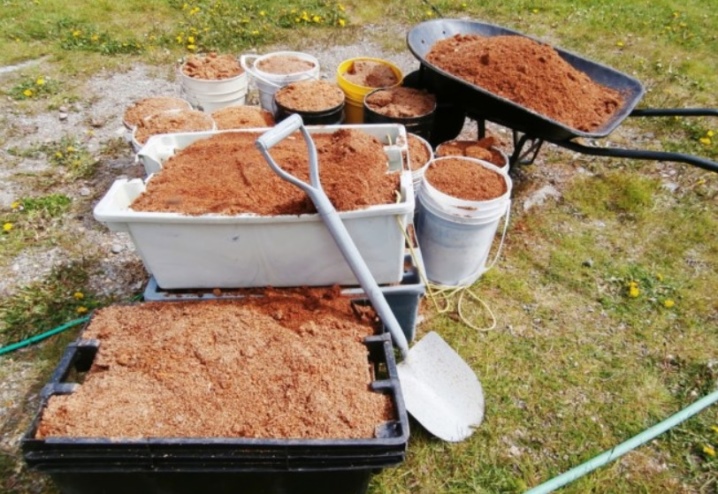
Pine
Pine sawdust contains a large amount of acids, oils and other components that acidify the soil. In cases where the soil or plant requires an environment with high acidity, drainage and sawdust of this tree will help with this. They are used to grow potatoes. By heating the soil, a positive effect occurs. In addition, water retention and nitrogen saturation are good for horticultural crops. For fertilization, a mixture of sawdust, ash and manure is used.
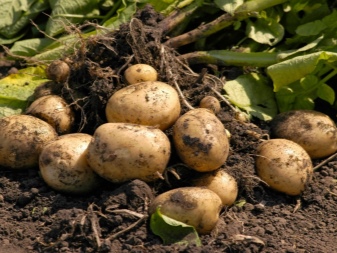
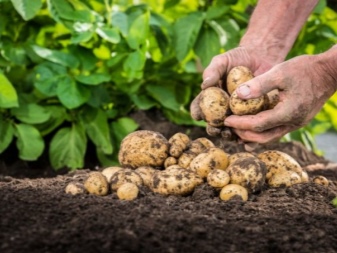
Conifers
Coniferous sawdust can be used like any other sawdust. In addition, they can be used "raw". In the fall, they can be sprinkled on the soil in which garden crops will be planted next year. The embankment layer should not be more than 3-5 cm. Such a dressing contributes to the development of microflora in the soil.... This attracts earthworms, which process the resulting mulch. In the spring, the process of planting in such a soil will be much easier, since the earth will be loosened.

Folk recipes
The sawdust contains cellulose, lignin, hemicellulose. In a dry state, these elements are poor - they need to be filled with nutrients, which they can only take from the soil. For this reason, it is undesirable to use only them and dry. And in combination with grass, peat and minerals, they help to increase the beneficial microflora in the earth.
By applying sawdust, the soil will be loose and soft. Thanks to this, the soil is saturated with nitrogen, and good aeration occurs. This means that with each application of top dressing, nutrients will better penetrate into the soil.
There are many different fertilizer recipes, the main component of which is wood chips. Let's consider the simplest and most common ones.
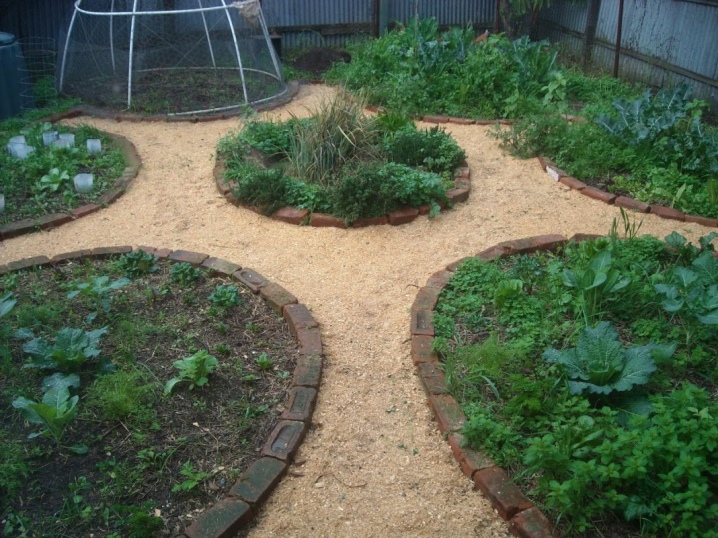
Using ash
This recipe has been tested by many generations and has earned universal recognition and respect. It is also called "a substance for creating warm beds." The following ingredients are required for fertilization:
- boric acid - 1.5 tsp;
- wood ash - 1.5 cups per 1 sq. m for the first layer and 2 glasses for the second layer;
- zinc sulfate, potassium sulfate - 1 tsp each;
- now you need to add urea and superphosphate - 1 tbsp each. l .;
- peat or humus - 5 buckets;
- sand - 1 bucket;
- plant residues.
First layer placed in a dug hole. Then the earth is filled up according to the measured footage. Second layer should already be mixed. To do this, mix from high to low. Thus, a great warm bed is obtained.
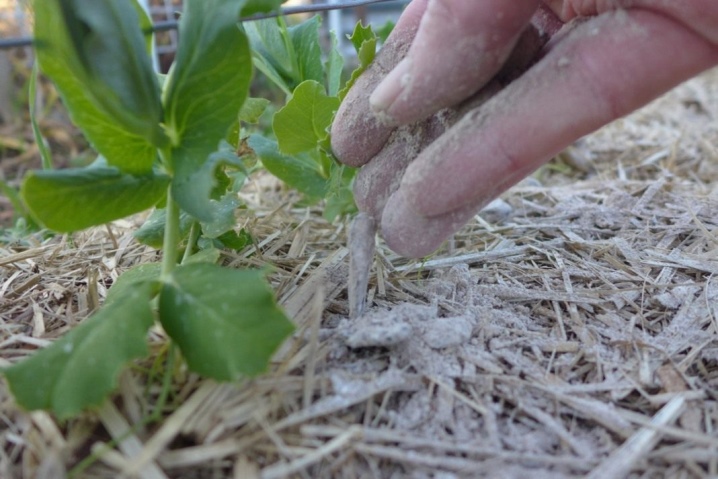
Organic filling
Organic fertilizers are considered the most beneficial and beneficial for producers. Using sawdust can make good compost. It is worth highlighting 2 options for the preparation of this composition.
- The simplest is the combination of shavings with cattle and poultry manure. This is all mixed and left to rot. After a year, you will have a high quality carbon-filled substrate. It can be used with 85% of horticultural crops.
- It is necessary to prepare a pit with a depth of at least 1 meter. Fill it 70-80% with sawdust. The rest must be covered with wood ash. It will be possible to fertilize the soil in 1.5-2 years. To improve the quality of the mixture, it needs to be stirred occasionally.
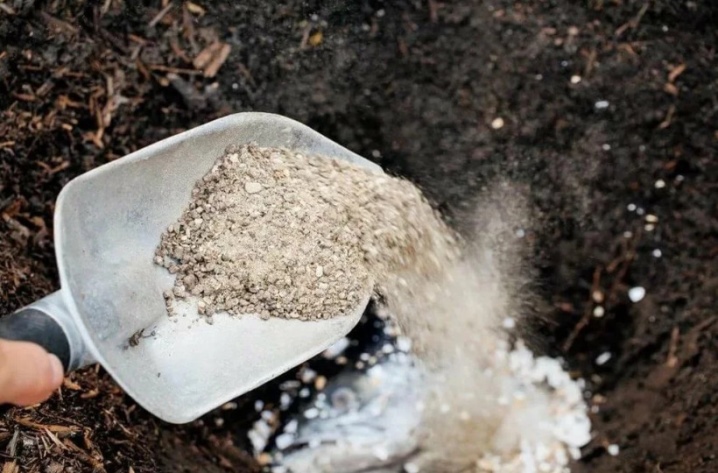
Technology of use
Correct soil mulching Is not a composting process, but a completely different way of fertilizing the soil. Proper preparation of mulch will give much better results if used in the first half of summer. It must be laid between the rows.
This method of installation will help your garden crops grow stronger and destroy the weeds. In 1-2 months, the substance will consume itself. It is used for cucumbers, tomatoes. Onions, garlic, carrots, and beets all take well as mulch. The only difference is that you need to lay it after watering.
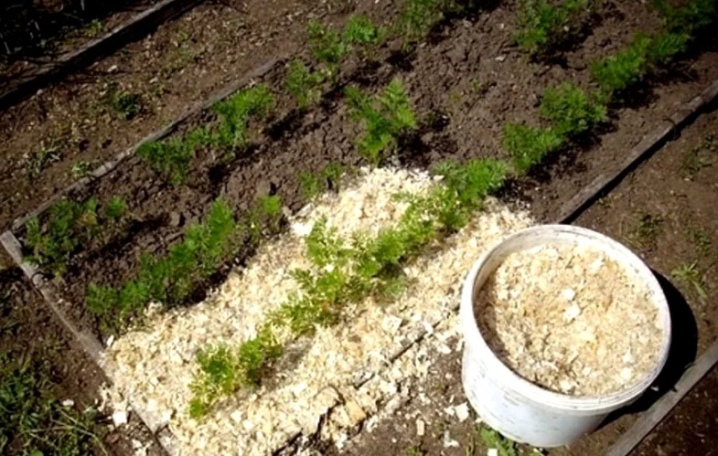
The principle of operation of such a mixture is a fermentation process that generates heat. Mix preparation:
- 3 buckets of fresh sawdust are poured onto plastic wrap;
- scatter 200 g of urea over the entire area;
- now you need to pour 10 liters of water;
- then you need to add the next layer.
The number of layers depends on the type of sawdust. At the end of the formation of layers, the resulting mass must be covered with a film. It is necessary to minimize the access of oxygen under the film as much as possible. After 15 days, the composition is ready for use. Depending on the volume of chips, the processing time can increase up to 20-22 days.
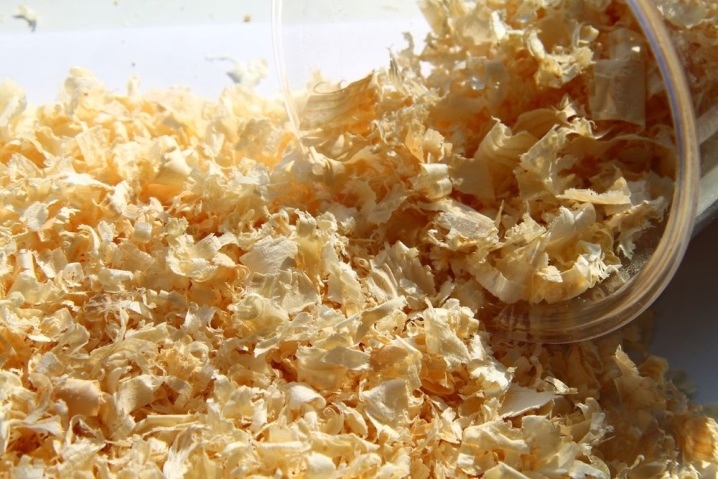
Possible problems
Mastering new techniques and formulations is not easy, and mistakes can be made not only by beginners and amateurs, but also by specialists at enterprises. The main mistake when using sawdust is laying them on the ground in a clean state.... Even when they are applied between the rows, minerals are needed, which, together with dew and rain, will enter the ground.
The second problem that can be faced is the use of unripe material as insulation of berry crops. It takes a long time to get it ready to use. The readiness time depends on many factors. You can check the material for suitability by color: a dark brown tint is the norm, and it indicates the readiness of the substance.
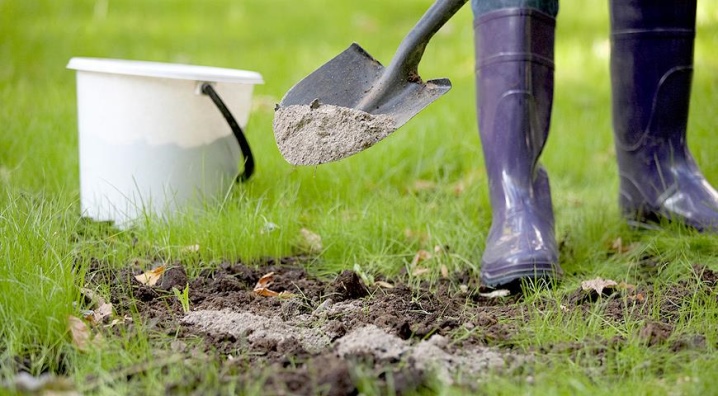
To avoid the problem of excessive freezing of the soil, and the sawdust did not give the opposite effect, you must not add them too loose. Otherwise, the roots of the plant may freeze.
Storage rules
Storing sawdust is easy. Small and large flakes are stored in the same way. The main thing is that before cleaning they are placed in the air for a while, so that they are dry and rotted, otherwise they may become moldy and fungus will appear in them.... Such material cannot be used for the garden and will have to be thrown away.It is very important to get rid of the entire infected bag or heap. It will not be possible to sort out the infected and moldy sawdust from the good ones, because the pores of the mold will grow throughout the entire volume of the bag.
Thus, trying to conserve fertilizer may result in a loss of some or all of the crop.
To minimize the likelihood of mold formation in sawdust, dry it thoroughly before bagging it or in a heap. The storage process itself does not need ventilation, temperature maintenance and other parameters. The main thing to do is to protect the chips from moisture.
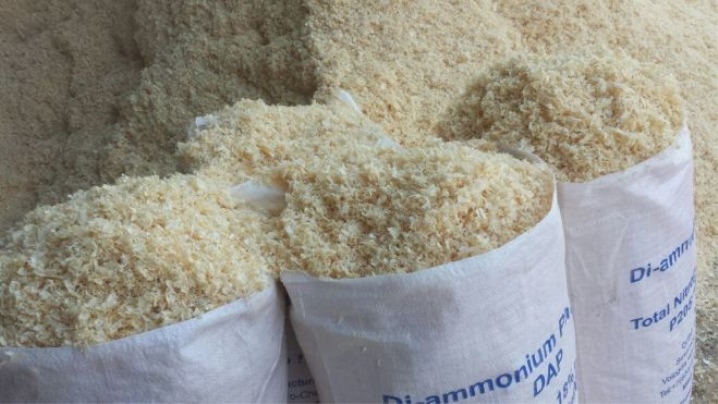
Can be stored in a variety of ways:
- pour a common pile on a film and cover it with something that does not allow water to pass through (the same film);
- pour a pile on the asphalt and cover with polyethylene;
- put in plastic bags and store in separate bags.
There can be many storage options. The main thing is that there are no open fires, barbecues and other objects near the storage place, from which sawdust can catch fire. The second important condition for successful wintering and subsequent use on your site will be good moisture protection.
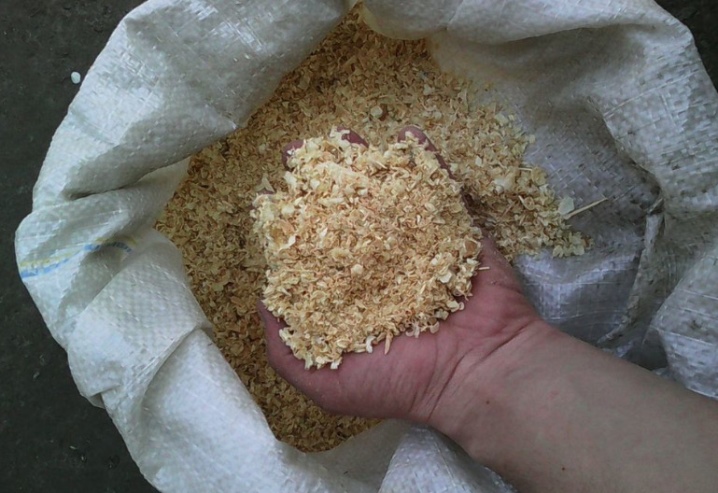
Review overview
Every gardener tries to use only the best on his site. This also applies to fertilizers. Since sawdust is a natural material and environmentally friendly, many summer residents are trying apply them in the process of growing horticultural crops.
Many people use sawdust in the country as baking powder. They are able to transform very hard soil into rather soft soil for good plant growth and development. This feature pleased the majority of summer residents. However, gardeners are alarmed by the high fire hazard of sawdust, so some are afraid to contact them. Otherwise, gardeners rarely see any serious flaws in wooden waste.
If necessary, change the soil parameters, shavings are used for indoor plants.
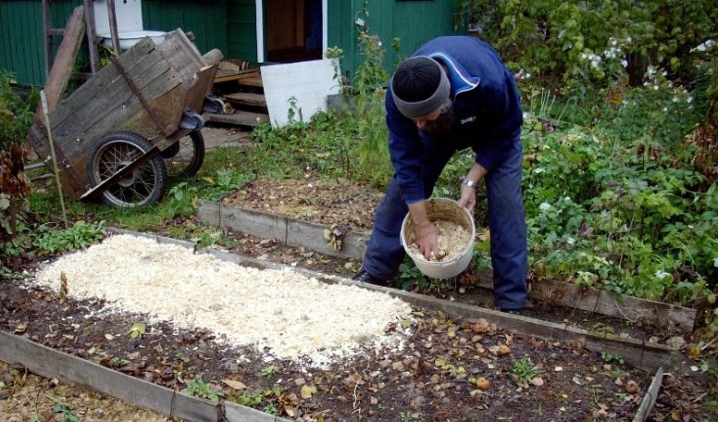
In the next video, you can familiarize yourself with the technology for preparing fertilizer from sawdust.













The comment was sent successfully.